Stability is essential for comfort, safety, and functionality when parking and setting up your RV. While parking on flat ground is the best way to achieve this, that’s not always a possibility, so you might need to use some tools to even things out.
Two popular options for stabilizing RVs are hydraulic and manual stabilizers. Each comes with its own set of benefits and drawbacks, making deciding between them very difficult. Understanding their features and how they align with your specific needs, budget, and travel lifestyle is the best way to determine which type you should get.
This guide is here to help by providing a straightforward comparison of the pros and cons of hydraulic and manual RV stabilizers. By the end, you’ll have a clearer idea of which solution best fits your RV setup.
What Are Hydraulic RV Stabilizers?
Hydraulic RV stabilizers are advanced systems that use hydraulic power to level and stabilize your RV. These systems are often integrated into the RV, allowing you to adjust your stabilizers at the press of a button.
Pros of Hydraulic RV Stabilizers
One of the most notable advantages of hydraulic RV stabilizers is their convenience. With the push of a button, you can level and stabilize your RV in a matter of minutes. This feature is particularly useful for RVers who frequently move to new sites and don’t want to spend much time setting up.
Another advantage is their ability to provide superior stability, even on uneven or sloped terrain. The precise power of hydraulics allows these stabilizers to spread the RV’s weight evenly, resulting in a stable and secure setup. This aspect greatly benefits larger RVs, which can be more difficult to stabilize manually.
Hydraulic stabilizers are incredibly easy to use, which appeals to many RV owners. The automated hydraulic system eliminates the need for physical effort, making it an excellent choice for individuals with limited mobility or those who prefer minimal involvement in the leveling process.
Cons of Hydraulic RV Stabilizers
While hydraulic RV stabilizers offer incredible convenience, they come at a higher price. The cost of these systems can be significantly more than manual options, both in terms of the initial investment and, in some cases, ongoing maintenance expenses. For RVers on a tight budget, this makes hydraulic systems less appealing.
Installation complexity is another consideration. Unlike manual stabilizers, hydraulic systems often require professional installation, which incurs additional costs and time. This could be a dealbreaker for those who prefer a simpler setup.
Lastly, the risk of hydraulic leaks presents a potential downside. While uncommon, leaks in the hydraulic system can be costly and time-consuming to repair, potentially delaying your trips or causing inconvenience during travels.

What Are Manual RV Stabilizers?
Manual RV stabilizers are basic leveling systems that require physical effort to stabilize an RV. These systems typically involve jacks, wedges, or scissor stabilizers. When manual RV stabilizers, adjustments are made manually using tools like a crank or drill.
Pros of Manual RV Stabilizers
One of the greatest advantages of manual RV stabilizers is their affordability. These budget-friendly stabilizers are an ideal option for RV owners who want a cost-effective stabilization solution without compromising on quality.
Simplicity and ease of installation are also key benefits. Manual stabilizers typically don’t require sophisticated tools or professional expertise to implement. This is particularly advantageous for DIY enthusiasts who prefer to handle their RV setup without professional assistance.
Another plus is their simplistic design, which makes breakdowns much less likely. Even if they do break, potential repairs will be much easier. If the problem can’t be repaired, getting a replacement won’t break the bank. Outside of breakdowns, manual stabilizers are also low-maintenance since they don’t rely on complex systems, making them more reliable over the long term.
Cons of Manual RV Stabilizers
While manual stabilizers are more affordable, they come with certain disadvantages. One major drawback is the physical effort required during setup. Raising or lowering the stabilizers manually can be labor-intensive, particularly for larger RVs or those who set up in harsher weather conditions.
Additionally, the time it takes to set up manual stabilizers can be a disadvantage for frequent travelers who prioritize efficiency. Unlike the quick button-operated hydraulic systems, setting up manual stabilizers requires patience and attention to detail to ensure they are properly stabilized.
Another limitation is their performance on uneven ground. Manual stabilizers may not offer the same level of stability as hydraulic systems when dealing with more extreme slopes or rough terrain. This can result in a less secure setup, potentially causing swaying or discomfort inside the RV.

How To Decide Which Is Best for You
You now know the pros and cons of hydraulic and manual stabilizers. If you’re still trying to determine which is best for your RV, several factors should guide your decision. These include your budget, the size and weight of your RV, and the kind of camping you typically enjoy.
For RVers who frequently move between locations and prioritize convenience and efficiency, hydraulic stabilizers are a worthy investment. Their speed, ease of use, and superior stability on uneven terrain make them ideal for larger RVs or those who camp in a variety of environments.
On the other hand, if you’re a budget-conscious camper who doesn’t mind a little extra effort during setup, manual stabilizers are a practical option. They are reliable, cost-effective, and perfect for smaller RVs or those who camp primarily in flat, well-maintained locations. This also makes them ideal for people who don’t move their RV often.
What Else You’ll Need To Use Your RV Stabilizer Effectively
Regardless of which system you choose, several additional accessories will improve your RV stabilizer. Sturdy leveling blocks provide a solid foundation before deploying your stabilizers, preventing them from sinking into soft ground and helping maintain a proper height. Once your RV is level, chock blocks for RVs become essential for keeping it securely in place and preventing any unwanted movement while inside.
If you’re using manual stabilizers, having a wrench or drill on hand can make the process of extending and retracting the stabilizer legs much quicker and easier. Additionally, placing stabilizer foot pads or jack pads under your stabilizers can help prevent damage to the campsite surface while providing extra grip on soft or slippery ground.
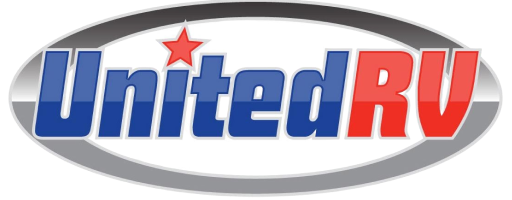

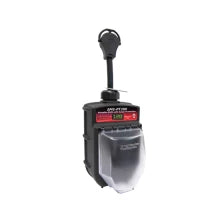
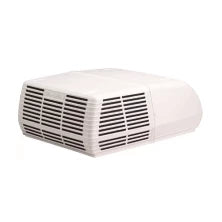
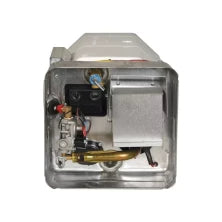
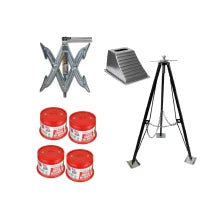
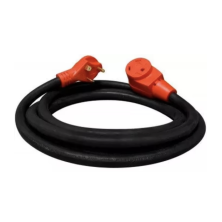
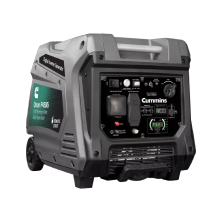
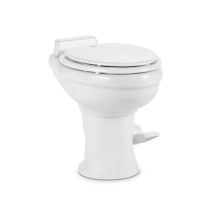
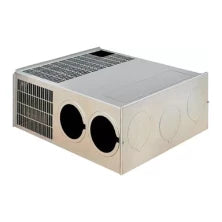
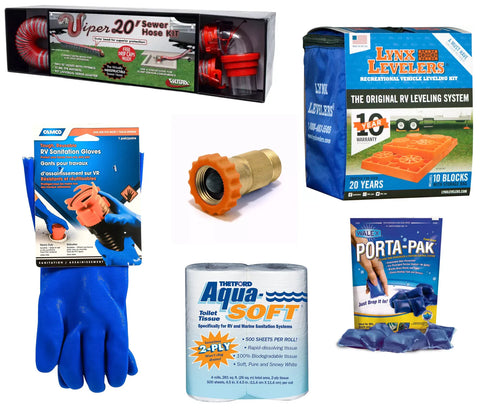
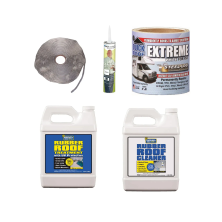
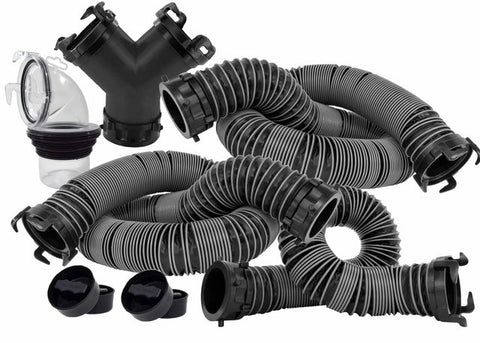
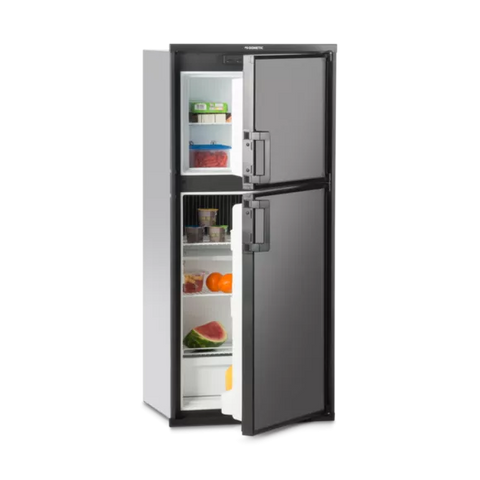
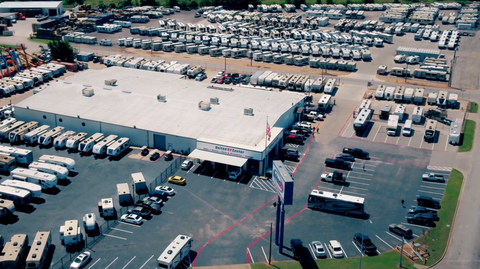
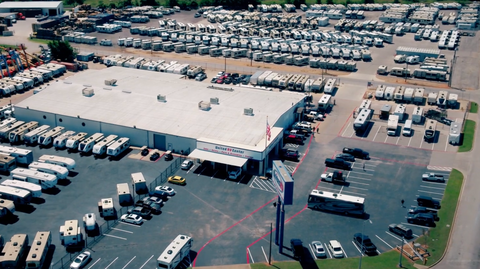
Comments (0)
There are no comments for this article. Be the first one to leave a message!